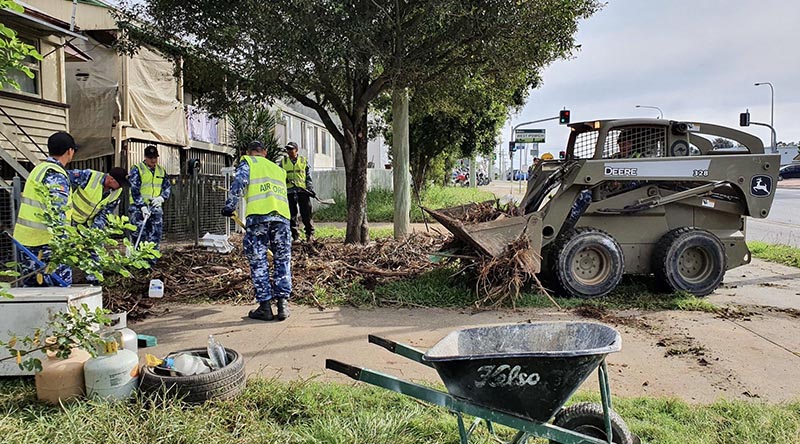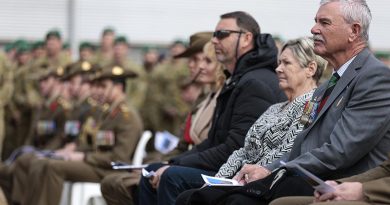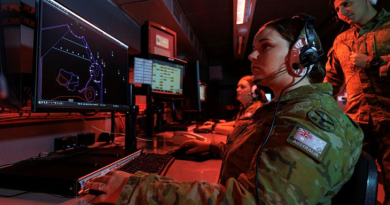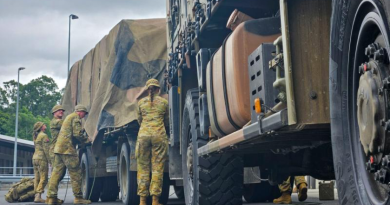ADF flood assistance begins to scale back

Australian Defence Force personnel assisting flood-affected communities in south-east Queensland have begun returning home, with state requests for emergency and recovery assistance concluding on Friday 25 March.
CAPTION: Royal Australian Air Force aviators from RAAF Base Amberley assist residents and Ipswich City Council with flood-relief efforts in Ipswich, Queensland, during Operation Flood Assist.
Defence has been supporting Queensland and New South Wales governments under Operation Flood Assist 2022 since 25 February.
Defence’s initial response saw ADF helicopters and personnel from the Brisbane region supporting Queensland emergency services with helicopter search and rescue assistance to the community before the severe weather system shifted south.
At the peak of the operation, more than 1600 ADF personnel were available for tasking to provide community assistance to south-east Queensland.
Members from the visiting US navy ship USS Frank Cable also served alongside the ADF.
Chief of Joint Operations Lieutenant General Greg Bilton said the ADF had rapidly mobilised forces to help Queensland communities in their time of need.
“I am immensely proud of the ADF’s response to this severe flooding event and thankful to our US partners who offered their support,” Lieutenant General Bilton said.
“I know from my discussions with our personnel on the ground that they’ve worked tirelessly alongside local community members, and state- and local-government agencies.
“Defence is now in a position to commence handing over responsibilities and tasks to Queensland civil recovery agencies.”
Commander Joint Task Force 629 Major General David Thomae said the ADF was ready to assist should conditions change.
“While some of our people are returning home to prepare for the next challenge, they are ready to provide additional support if needed as the longer-term recovery efforts continue,” Major General Thomae said.
During Operation Flood Assist 2022 in south-east Queensland, Defence contributed to the response and recovery efforts through:
- aviation support to search and rescue or evacuation missions, including 54 rescues;
- personnel embedded with the State Disaster Coordination Centre (SDCC) and the District Disaster Coordination Cells (DDCC) at Gympie, the Gold Coast and Ipswich, as well as Brisbane Local Disaster Coordination Cell;
- clearing road access to facilitate recovery of critical infrastructure, including telecommunications;
- welfare checks and helping assess immediate support needs of isolated communities;
- restoring Brisbane Markets, home to 5000 employees;
- short-notice support to flood-affected aged-care facilities in Yeronga, The Gap, Lutwyche, Mitchelton and Tallebudgera;
- delivery of essential food, water and medical supplies to isolated communities;
- a P-8A Poseidon to conduct aerial damage assessments to aid in recovery efforts;
- hydrographic survey and clearance of sub-surface obstructions in the Brisbane River and Moreton Bay.
ADF personnel providing flood-relief support to the Sydney Basin area are also returning to their home units with state requests for recovery assistance nearing completion.
During Operation Flood Assist 22, approximately 7000 ADF personnel were available for tasking in Queensland and New South Wales.
About 4000 ADF personnel will remain on task or available for tasking in northern New South Wales, assisting with clean-up and disaster relief efforts in areas such as Lismore, Richmond Valley, Clarence Valley, Evans Head, Tweed Heads, Ballina and Casino.
.
.

.
.





